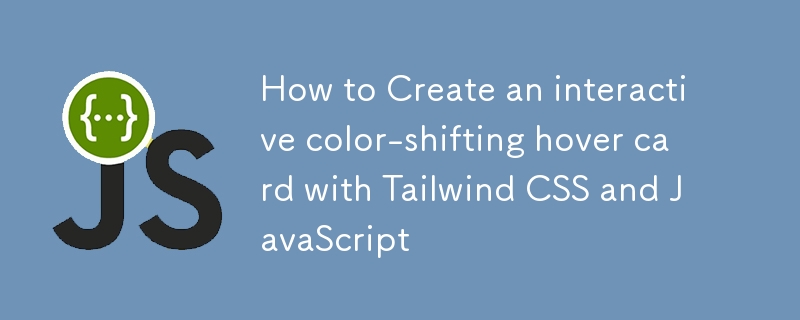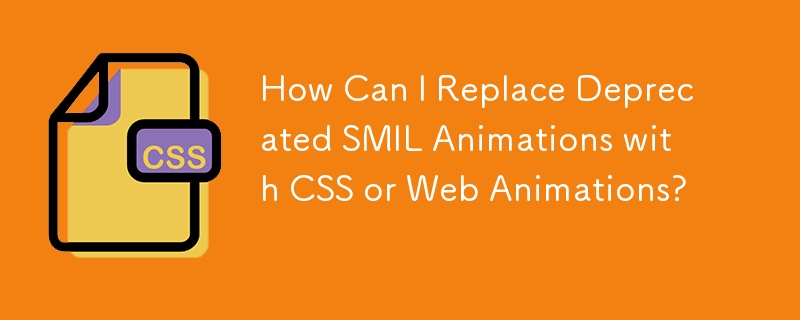Found a total of 10000 related content
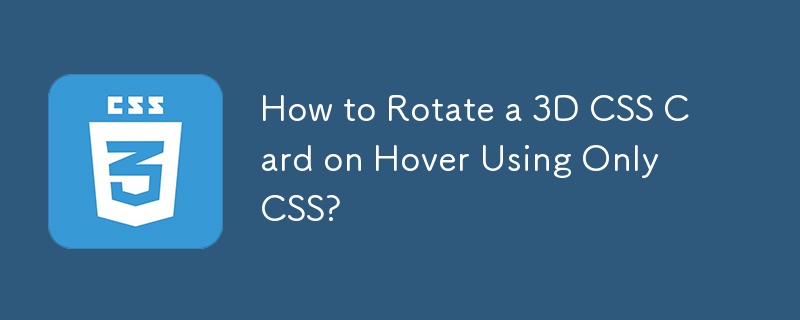
How to Rotate a 3D CSS Card on Hover Using Only CSS?
Article Introduction:This tutorial presents a CSS-only implementation of a 3D card flip effect, where a card rotates from its front to back upon hover. It involves creating a container element and two child elements representing the front and back faces, applying transfo
2024-10-23
comment 0
753
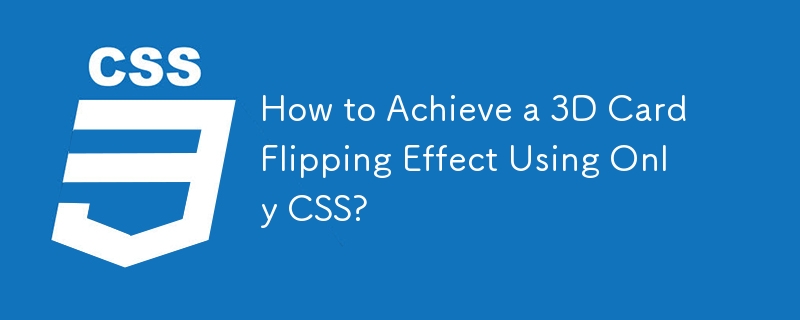
How to Achieve a 3D Card Flipping Effect Using Only CSS?
Article Introduction:This article presents a technique to create a 3D card flipping effect using only CSS. It utilizes the perspective property to create the illusion of 3D space and applies transformations to rotate the card's faces on hover, resulting in a smooth and r
2024-10-23
comment 0
536
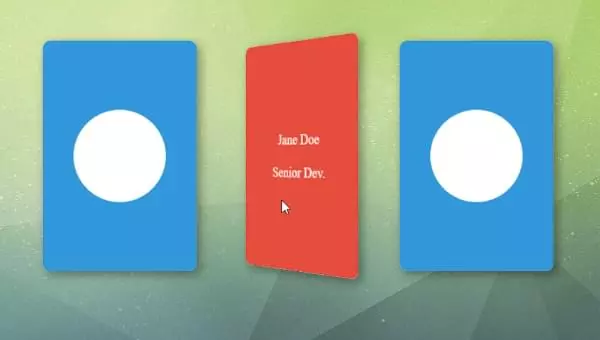
Building a 3D Card Flip Animation with CSS Houdini
Article Introduction:This article demonstrates Houdini's capabilities by creating a 3D card flip animation. It guides you through the core concepts and practical implementation, showing how to enhance your workflow and achieve advanced CSS animations.
Traditional CSS an
2025-02-08
comment 0
728
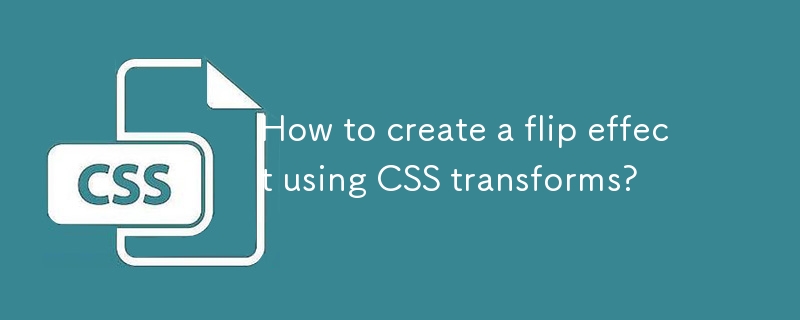
How to create a flip effect using CSS transforms?
Article Introduction:To create a CSS flip effect, the key is to use transform-style:preserve-3d and rotateY() or rotateX() functions in combination. 1. Build an HTML structure and simulate a card with a container containing the front and back sides; 2. Use CSS to locate the front and back sides and set backface-visibility:hidden to hide the content on the back; 3. Trigger the flip animation through:hover pseudo-class or JavaScript to achieve an interactive flip effect.
2025-06-27
comment 0
938

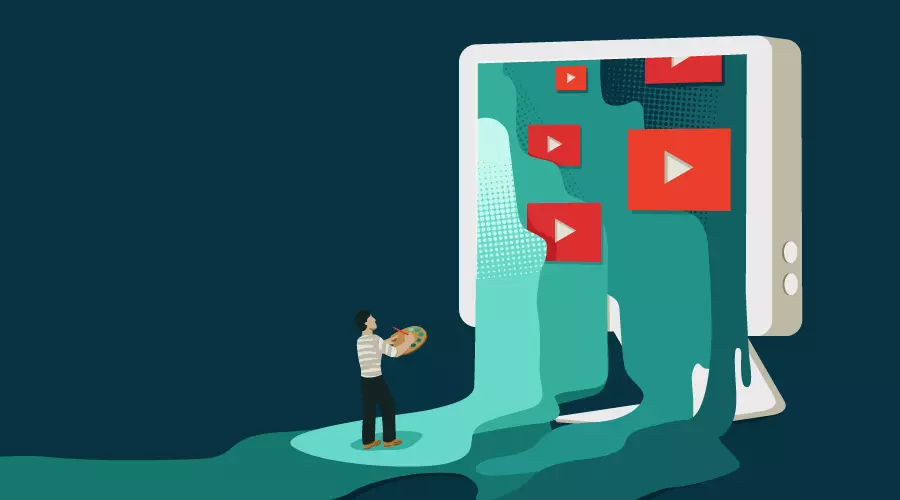
Inspirational UI Design Ideas for Your Next Website Project
Article Introduction:Design Points
This article discusses how to cleverly use micro-interaction, hover animation, CSS gradient and conversion effects in website design to enhance visual appeal, guide user behavior, and ultimately bring better user experience.
Micro-interaction, hover animation, CSS gradients and transformations: These elements can effectively enhance visual interest and guide users to complete specific operations.
Gradient Background and CSS Transformation: As shown in the Stripe website, gradient background and CSS Transformation can create compelling titles or backgrounds for call-to-action elements.
Interactive Menu: An interactive menu with unique layouts, styling icons, titles, and summary descriptions that transform a normal menu into a engaging display area.
Subtle repeat animation: No user interaction required
2025-02-17
comment 0
716

Animated Work Card using Typescript, Tailwind and Framer Motion
Article Introduction:This project showcases dynamic work card components built with TypeScript, Tailwind CSS, and Framer Motion. The cards feature a subtle, engaging animation: a gradient subtly appears on hover, and the image tilts, enhancing user interaction.
Live Dem
2025-01-19
comment 0
633
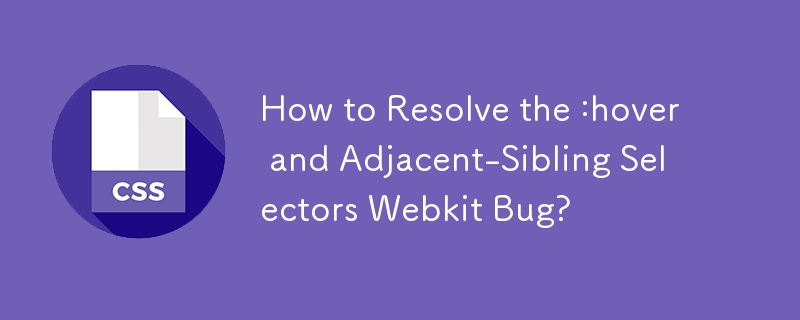
How to Resolve the :hover and Adjacent-Sibling Selectors Webkit Bug?
Article Introduction:This article highlights a CSS :hover bug in Webkit browsers that affects adjacent-sibling selectors, resulting in an incorrect hovering effect. The underlying issue and possible workarounds are explored, including simulating body animation to resolve
2024-10-24
comment 0
783
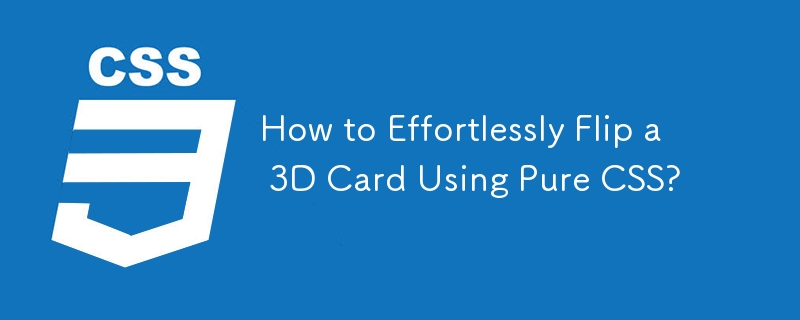
How to Effortlessly Flip a 3D Card Using Pure CSS?
Article Introduction:This article presents a concise guide to creating hover-activated 3D card flip animations using CSS. It addresses the technical challenges and provides a simplified code snippet to illustrate the implementation. The article highlights how combining C
2024-10-23
comment 0
844

How to Resolve the Flipping Issue in CSS 3D Card Flips?
Article Introduction:This article addresses the snapping issue in CSS-based 3D card flipping animations, caused by the initial "none" transform property of the back face. By initializing the back face with a 180deg rotation, the animation can smoothly transitio
2024-10-23
comment 0
658
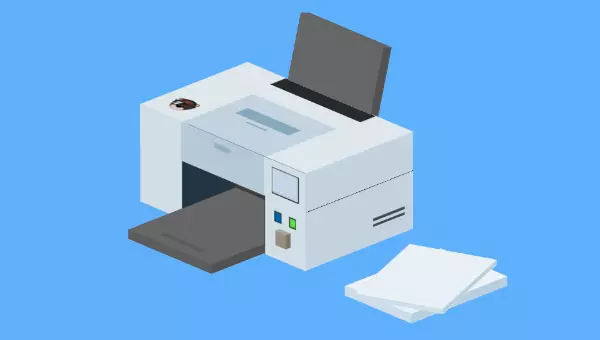
Create a 3D CSS Printer that Actually Prints!
Article Introduction:This article showcases the creation of a fun, interactive 3D printer model using CSS, with a touch of JavaScript for animation. The author details the process, highlighting key techniques and offering several CodePen demos for readers to explore.
T
2025-02-09
comment 0
812
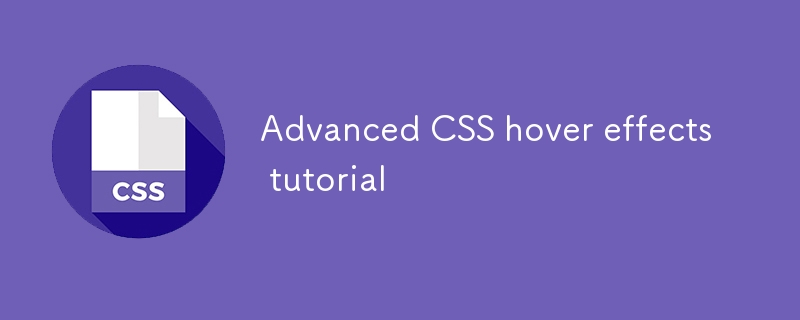
Advanced CSS hover effects tutorial
Article Introduction:The hover effect of CSS can enhance the interactive texture through various techniques. 1. Use transition to achieve smooth animation, control the process of color, size and position change, and enhance the sense of nature; 2. Use pseudo-elements (::before or ::after) to create mask or scan effects to enrich visual feedback; 3. Combine transform and filter to achieve dynamic effects such as image enlargement, contrast changes and shadows; 4. Pay attention to mobile compatibility issues, avoid relying on hover to display key information, and consider JavaScript or alternative interaction solutions.
2025-07-07
comment 0
986
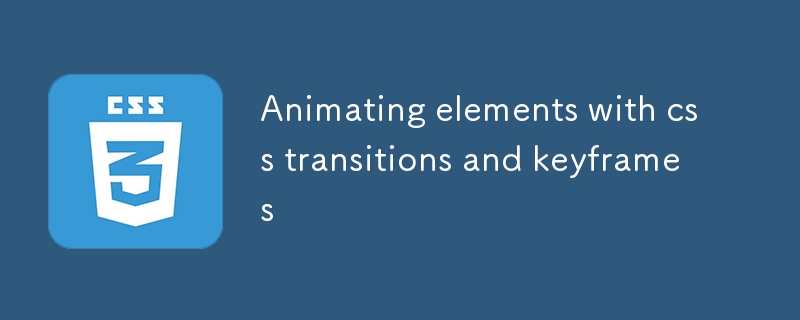
Animating elements with css transitions and keyframes
Article Introduction:The key to improving user experience in CSS animation is to choose transition and @keyframes reasonably. 1. Transition is suitable for simple state changes, such as button hover effect, which is achieved by defining attributes, duration, delay and speed curves; 2. @keyframes is suitable for complex animation sequences, such as loading animations, which controls the state of elements at different time points through multiple keyframes. Usage tips include: prioritizing the use of transform and opacity to improve performance, ensuring the initial consistency is consistent with the target state, and setting the ease function reasonably. Frequently asked questions: enable hardware acceleration in a timely manner and reduce nesting, check the property name and initial value when the transition does not take effect, and repeat animation playback can be performed through inf
2025-07-14
comment 0
769
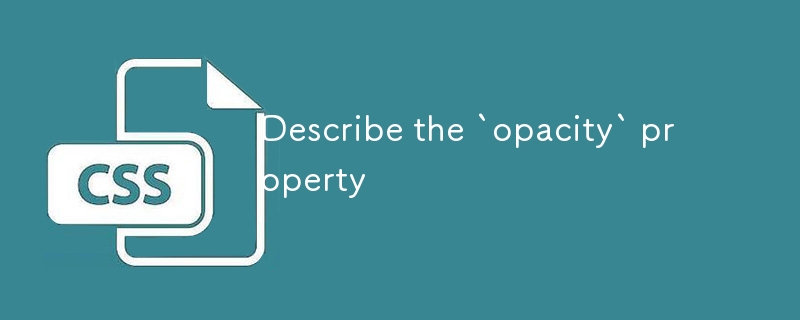
Describe the `opacity` property
Article Introduction:opacity is an attribute in CSS that controls the overall transparency of an element, with values ranging from 0 (fully transparent) to 1 (fully opaque). 1. It is often used for the image hover fade effect, and enhances the interactive experience by setting the opacity transition; 2. Making a background mask layer to improve text readability; 3. Visual feedback of control buttons or icons in the disabled state. Note that it affects all child elements, unlike rgba, which only affects the specified color part. Smooth animation can be achieved with transition, but frequent use may affect performance. It is recommended to use it in combination with will-change or transform. Rational application of opacity can enhance page hierarchy and interactivity, but it should avoid interfering with users.
2025-07-15
comment 0
497
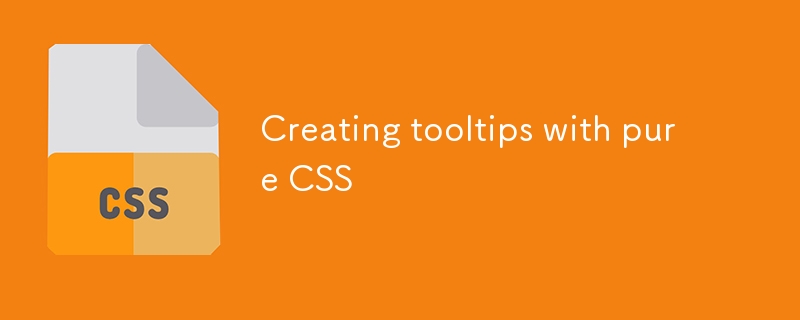
Creating tooltips with pure CSS
Article Introduction:The method of implementing tooltip with pure CSS is: 1. Use nested HTML structure to wrap the trigger area and prompt content; 2. Control the display and hide of child elements through:hover; 3. Use absolute positioning to set the prompt box position; 4. Add animation to improve the experience; 5. Pay attention to z-index and multi-directional adaptation. The specific implementation includes setting .tooltip as relative positioning, .tooltiptext is hidden by default, becomes visible when hover, and can add transition to achieve fading and delay effects. At the same time, positioning in different directions is controlled through class names, but it should be noted that the effect of hover on the mobile side may be limited.
2025-07-07
comment 0
215
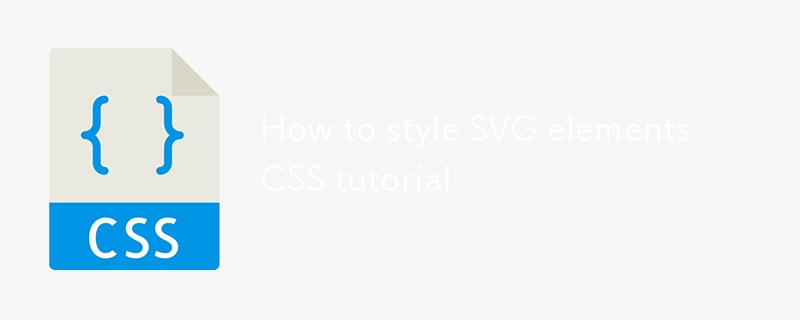
How to style SVG elements CSS tutorial
Article Introduction:SVG elements can be styled through CSS, but attention should be paid to their unique properties and rules. 2. You can use inline styles or blocks to set SVG-specific properties such as fill and stroke, but common abbreviation properties such as border are not applicable. 3. The inline style has higher priority, and external CSS needs to be added!important to cover it. 4. SVG needs to be embedded in the DOM (such as inline or through tags) to accept external CSS influence. 5. Use class and ID to easily control the graphics grouping and achieve interactive effects such as hover. 6. Pay attention to the priorities of selectors, style inheritance and unit writing differences. 7. In terms of animation, transform and opacity perform the most
2025-07-11
comment 0
493
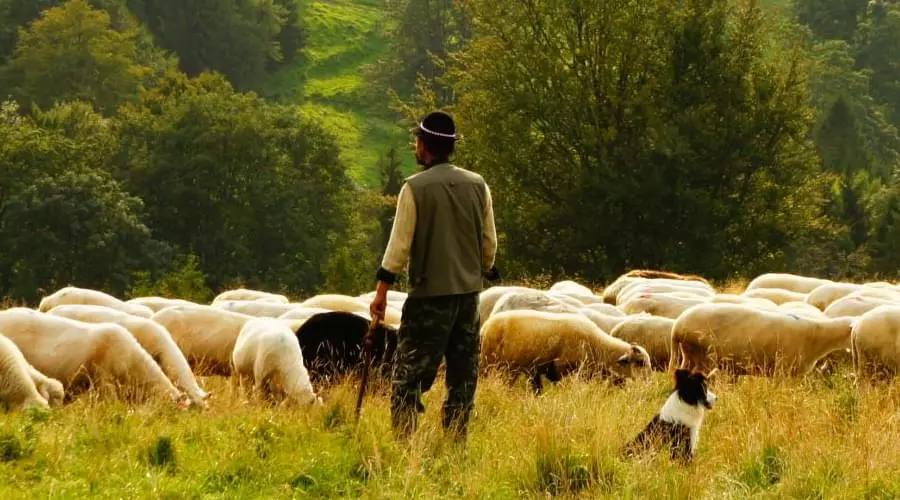
Vanilla Javascript: Creating Animated Sticky Navigation Menu
Article Introduction:Core points
Create an animated sticky navigation menus without the need for a jQuery plugin using pure JavaScript, CSS, and HTML. The menu is designed to slide out of view when scrolling down and slide back into view with a translucent effect when scrolling up.
This process involves setting up the basic HTML structure, applying styles to main elements, and then animateing the menu. The animation is triggered by attaching the event handler to the scroll event and using CSS transformation to adjust the position and appearance of the menu according to the scrolling direction.
This custom solution provides more design flexibility and allows easy customization to be done according to specific needs. The end result is a dynamic interactive navigation menu that enhances the user experience.
Web navigation menu design needs to consider many factors, such as dishes
2025-02-16
comment 0
1150


